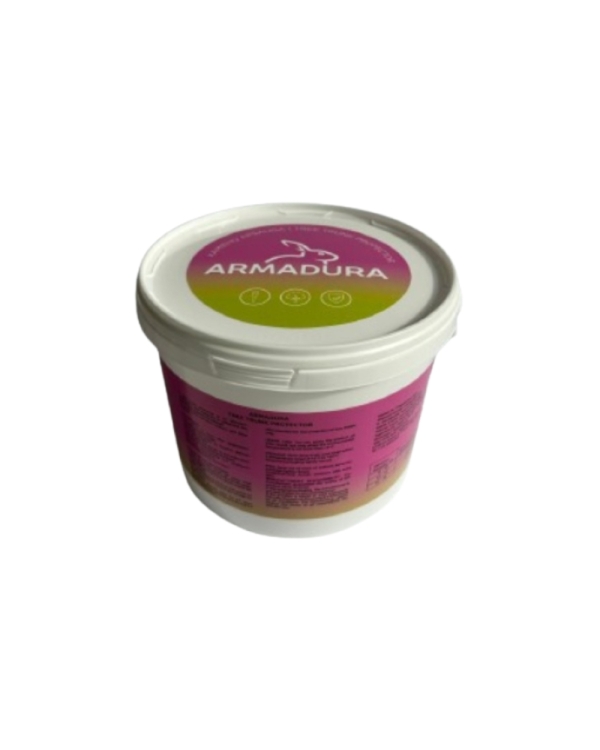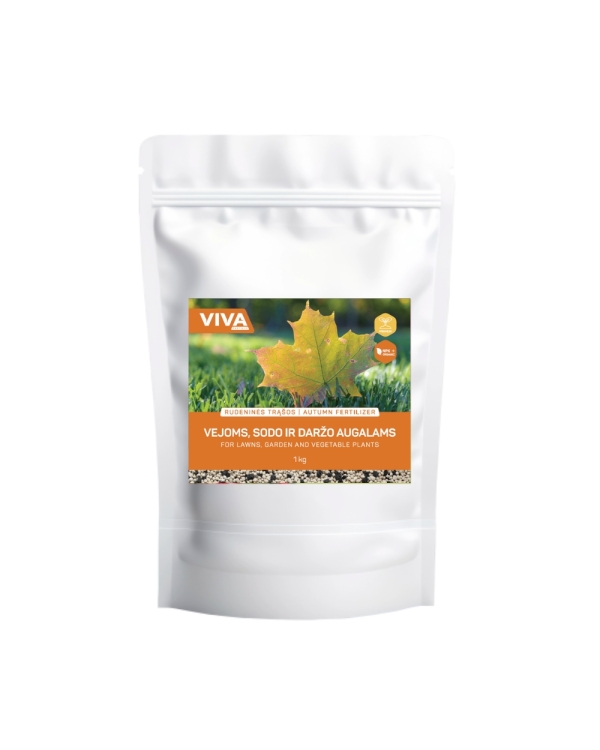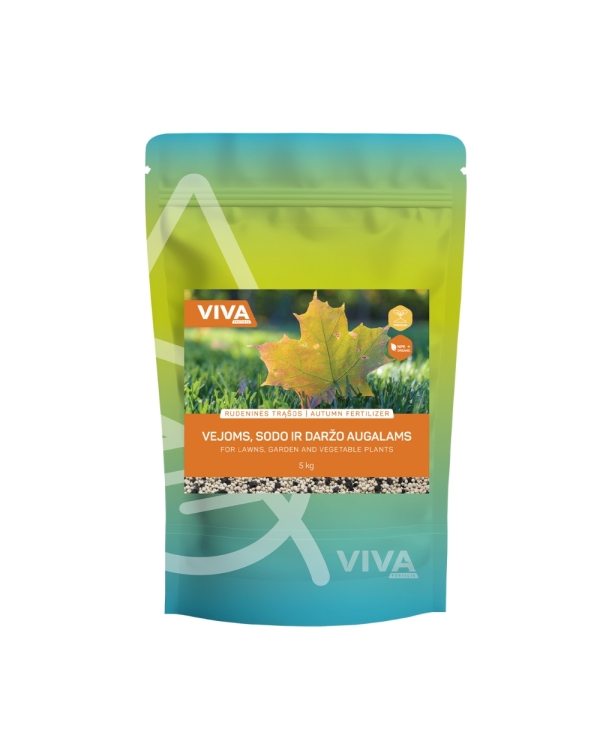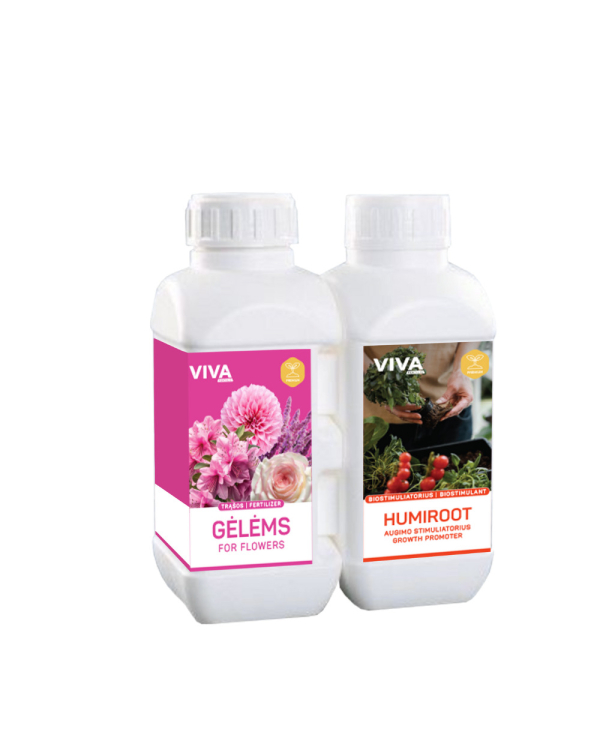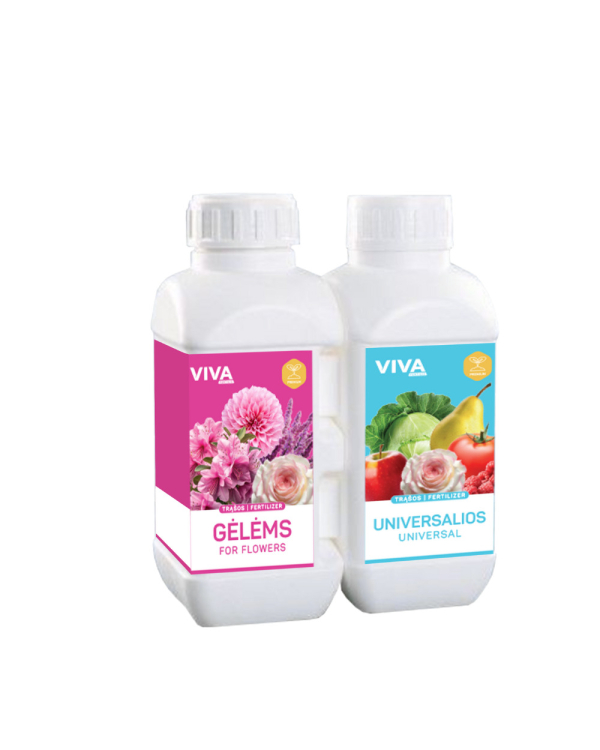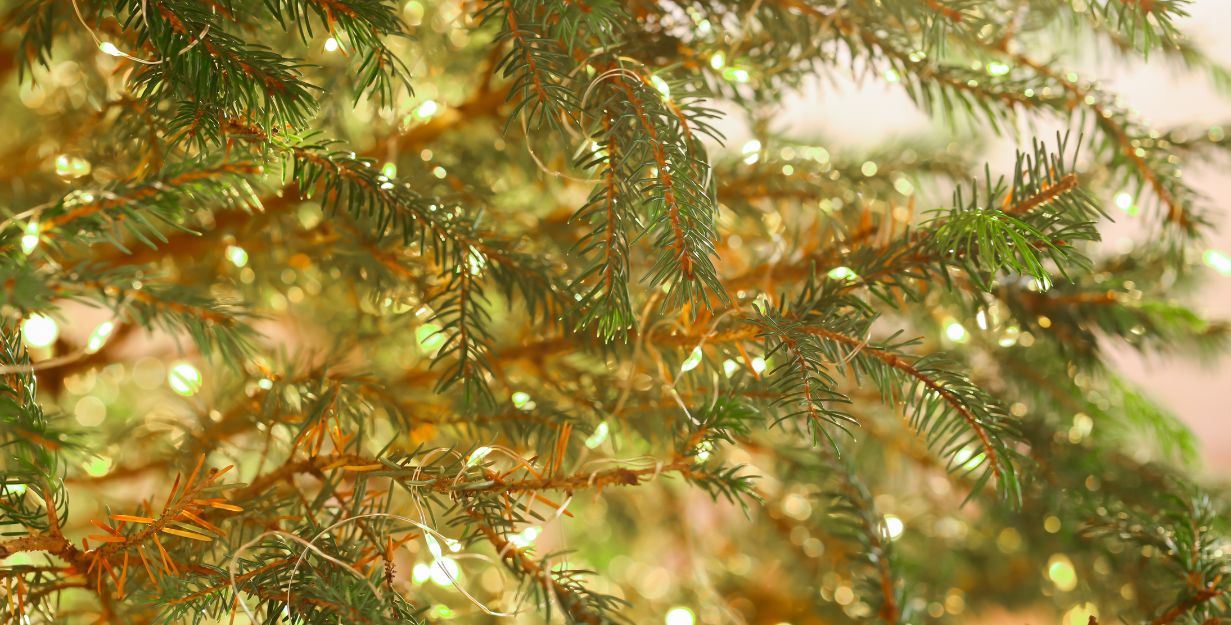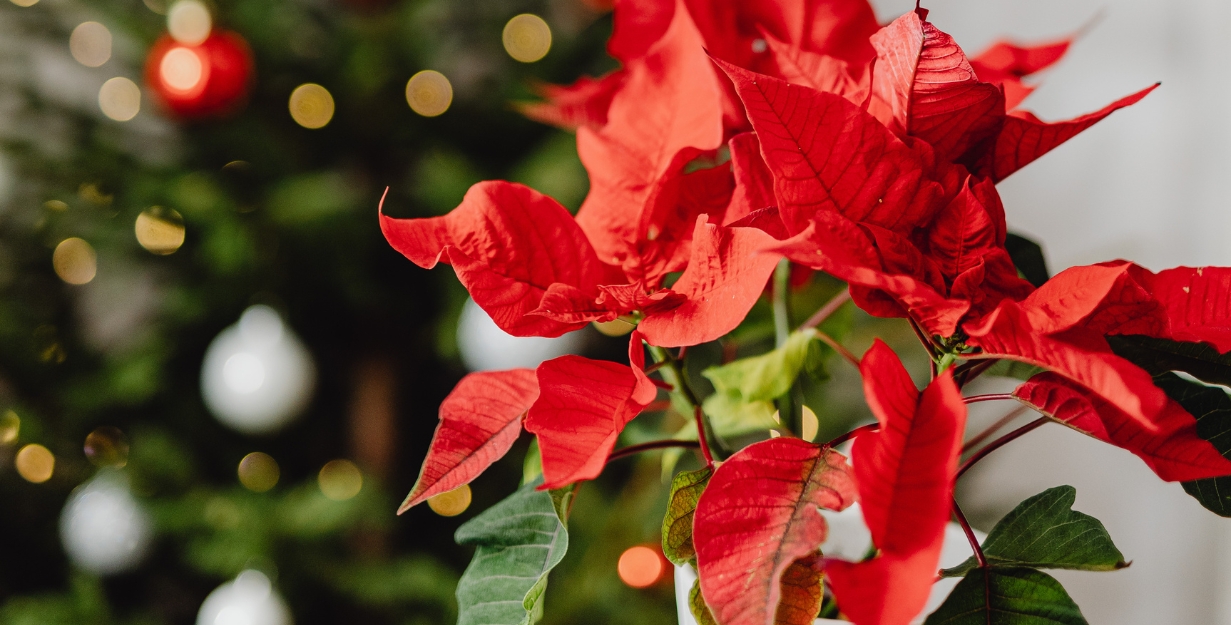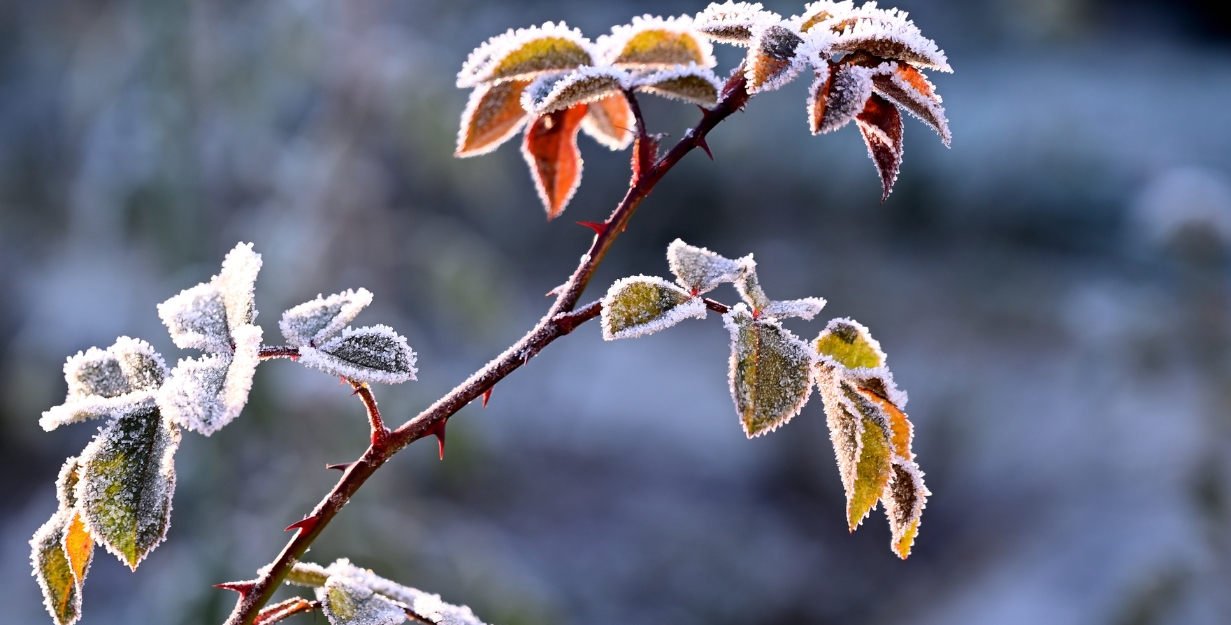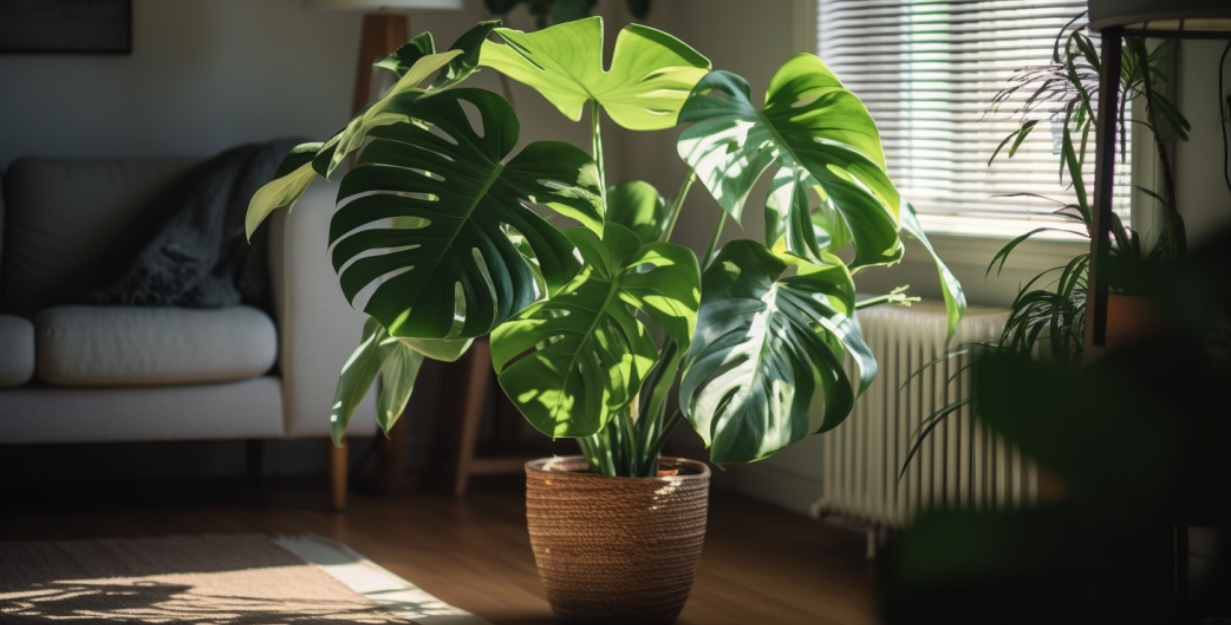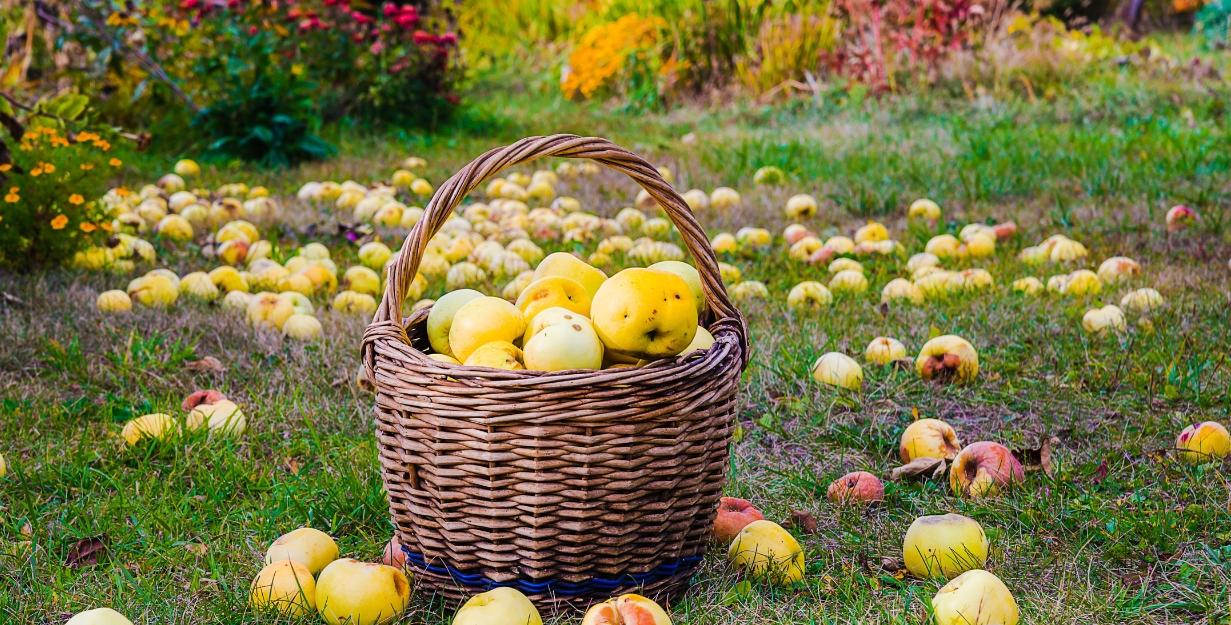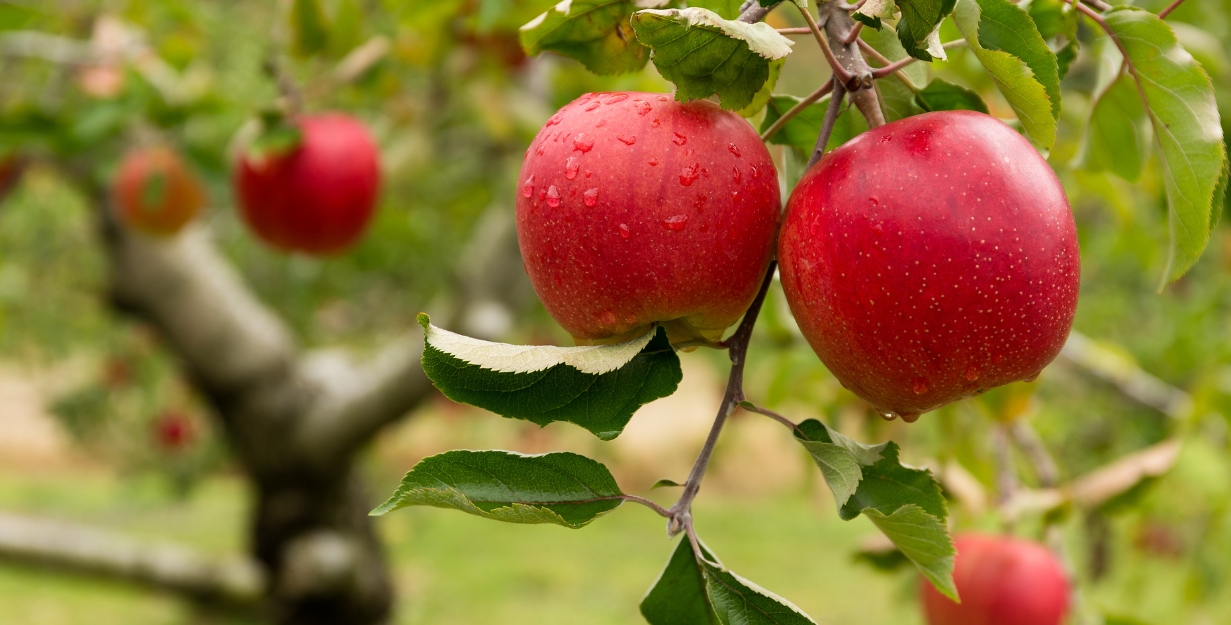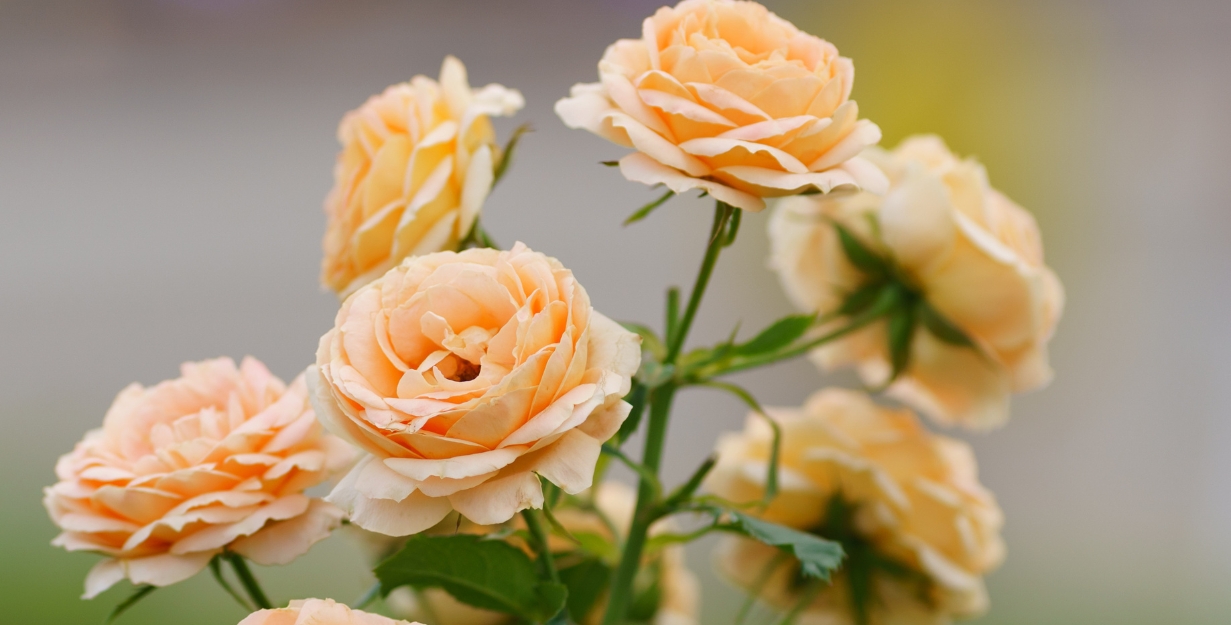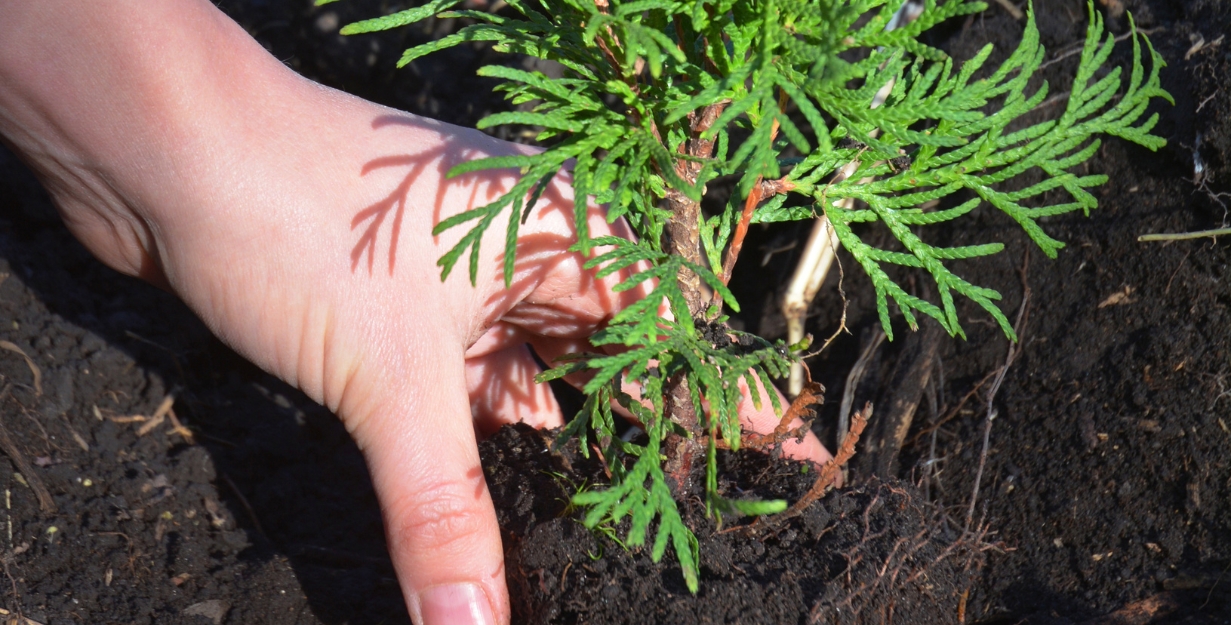August marks the final month of summer – your lawn is still actively growing, but it’s time to start preparing it for the upcoming autumn and winter seasons. Proper care during this period strengthens the grass, increases its resistance to diseases and frost, and ensures faster recovery in spring. One of the most important tasks during this time is fertilizing the lawn with autumn-specific fertilizers.
Why is autumn fertilization so important?
Resistance to frost and diseases. Autumn fertilizers contain less nitrogen and more potassium. This composition doesn’t stimulate excessive growth but helps the grass prepare for winter – it strengthens the root system, improves cell structure, and increases resistance to environmental stress and pathogens.
- Encourages root development. The combination of phosphorus and potassium in autumn fertilizers is essential for the formation of a strong root system.
- Faster recovery in spring. A properly fertilized lawn recovers more quickly after winter, returning to a lush, dense state.
What else should be done in August?
- Mow the lawn regularly. As summer ends, raise the mowing height slightly – the grass should be about 4–5 cm tall.
- Remove lawn thatch. If a layer of dry grass has accumulated on the surface, it can block air and nutrients from reaching the roots. In such cases, lawn aeration is recommended.
- Apply autumn lawn fertilizer. August is a great time to apply the first dose of autumn fertilizer.
Which fertilizer to choose?
For autumn lawn care, we recommend using granular autumn lawn fertilizer: Granular Autumn Lawn Fertilizer
Fertilizer composition: NPK 6-20-30
• Nitrogen (N) – a lower amount helps maintain greenness without encouraging excessive growth.
• Phosphorus (P) – supports the development of strong roots.
• Potassium (K) – enhances plant resistance to frost.
Application rate: 25–30 g/m². Fertilize from August to mid-November, every 4–6 weeks.
our top products
#vivafertis
in our blog
in our blog



